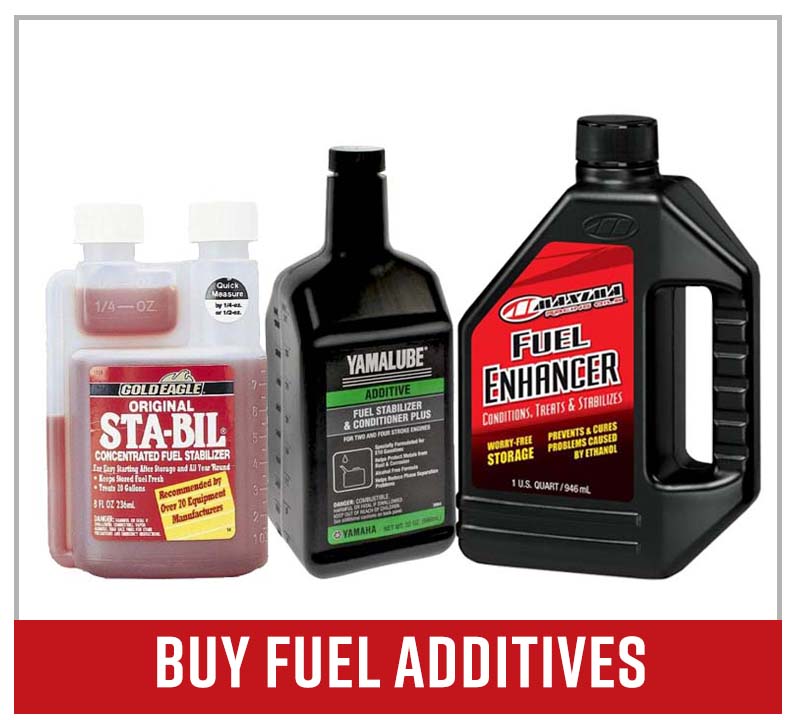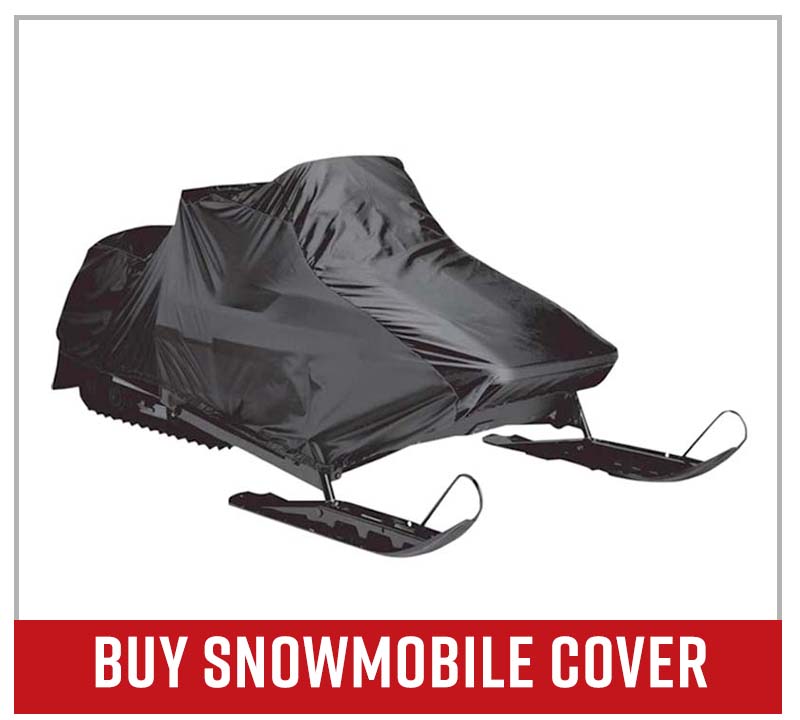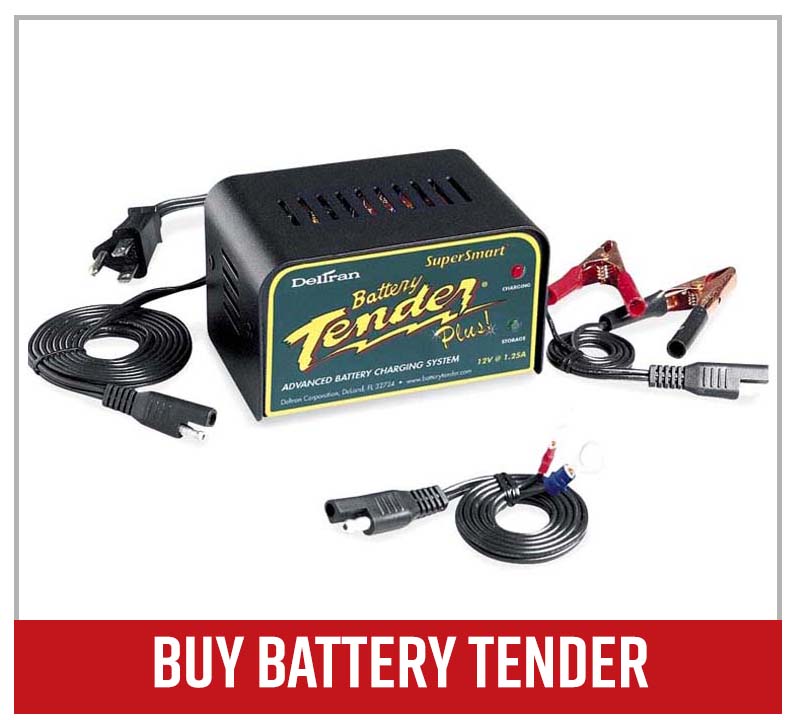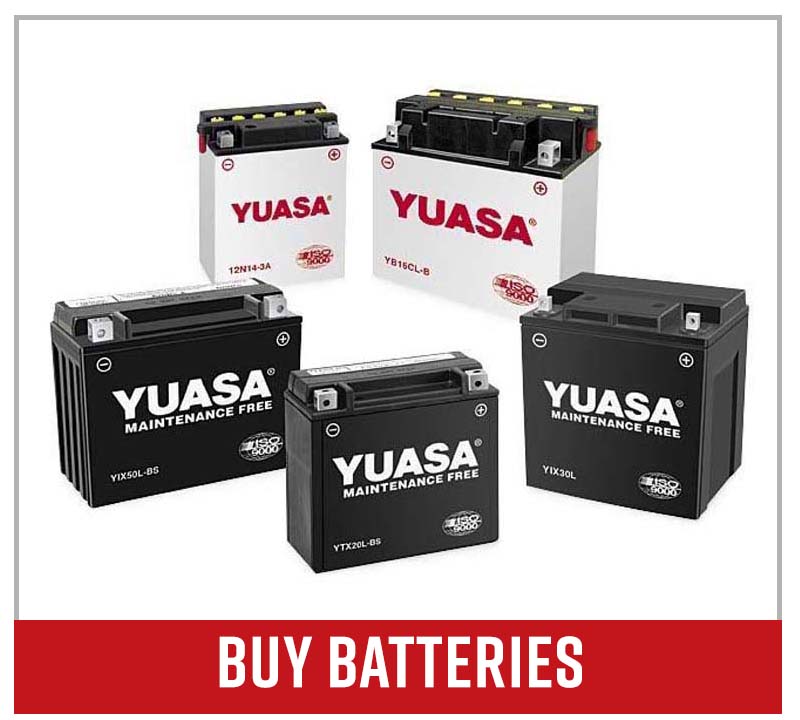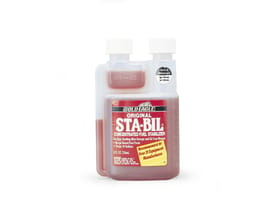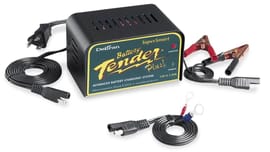Snowmobile Summer Storage Tips
While we can ride motorcycles, side by sides or ATVs pretty much in any climate, snowmobiles are only good for riding in … well, you know, snow.
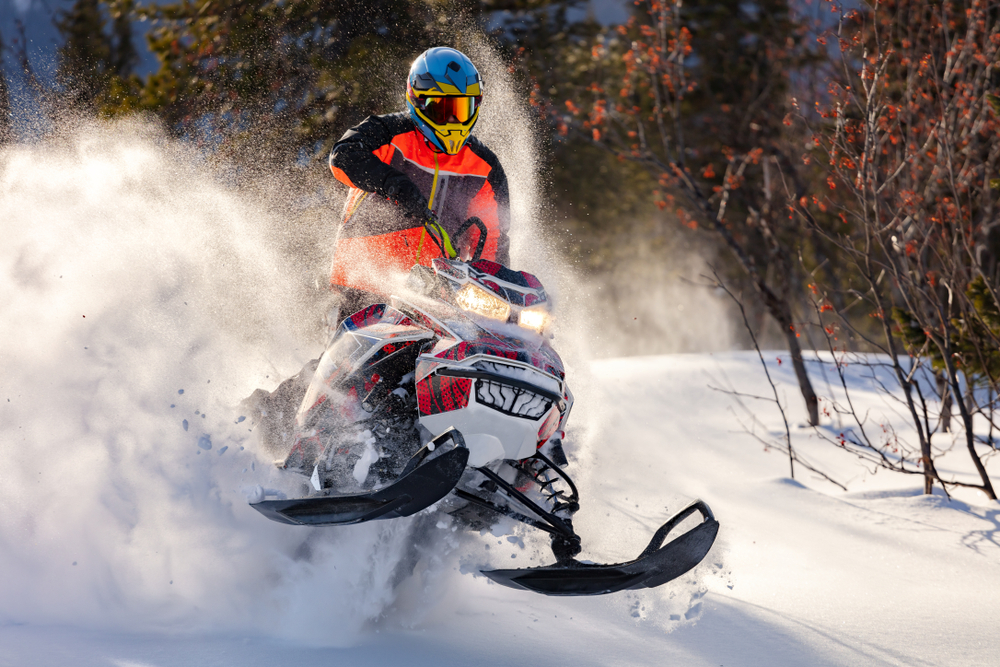
If you live in a cold climate, you might go through the process of winterizing your motorcycles and other vehicles for winter. Snowmobile owners pretty much do the same thing after winter, except we call it “summerizing” instead. This is the maintenance process for storing a snowmobile when the snow starts to melt. Here’s how to summerize a snowmobile in preparation for storage.
Treat the Snowmobile’s Fuel
The fuel in the snowmobile’s tank needs to be treated before storing the machine. Solvents in the gasoline make it volatile, but that volatility also means the solvents evaporate.
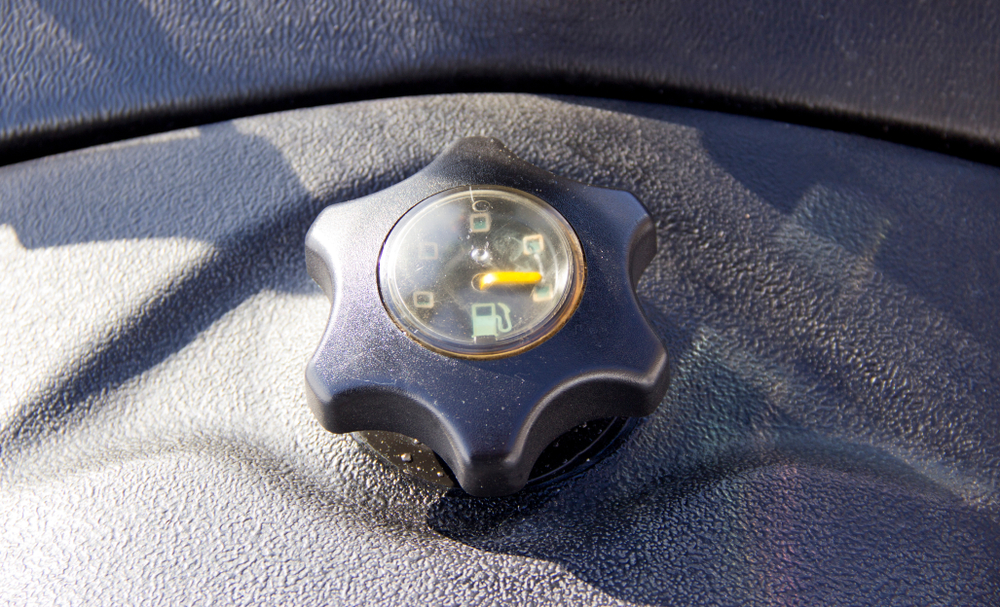
The vapors from that evaporation can corrode metal and gunk up the fuel system. A good fuel stabilizer can help prevent this. Pour a little stabilizer into the tank to help cut down on evaporation and gunk. Follow the instructions, and once you pour in the fuel stabilizer, run the engine for a couple of minutes to slosh it around in the tank.
Fog the Snowmobile’s Engine
NOTE: Check with the manufacturer before doing this, as some manufacturers like Artic Cat specifically tell owners not to fog their 1100cc motors.
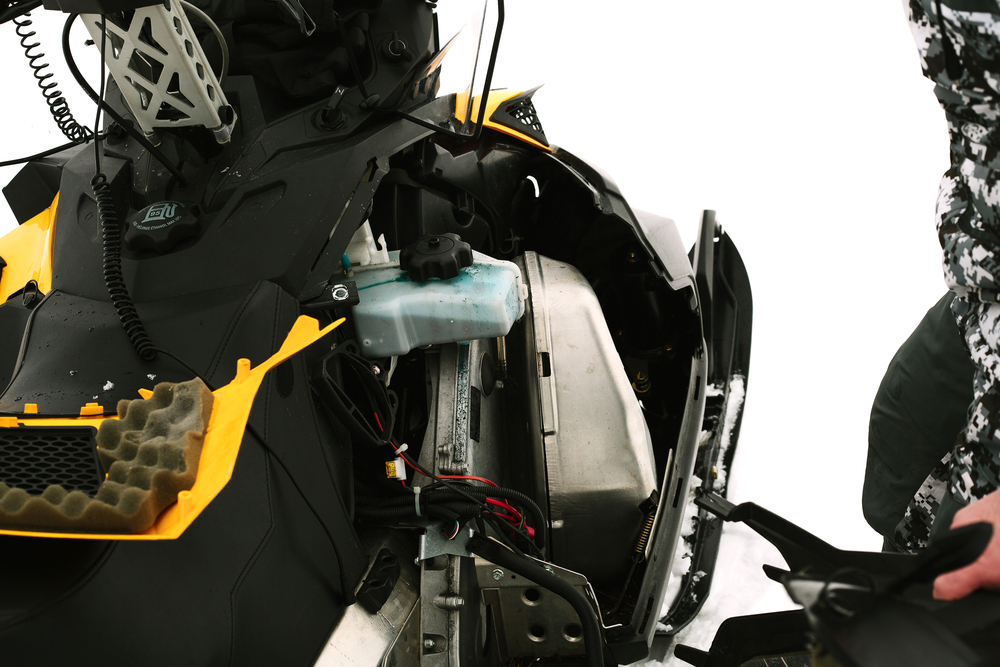
When a snowmobile's engine sits, harmful air and moisture can get inside it and wreak all kinds of havoc. A thin coating of fogging oil is the best defense against this type of corrosion. Remove the air box and filter or the carburetor boots, and with the engine running, spray a little into the intake in short bursts until you see white smoke coming from the exhaust. Then, shut down the engine and remove the drain plugs to get the gas out of the carburetor.
Grease the Snowmobile’s Chassis
Look for the zerks on your snowmobile’s chassis, and give each one a shot or two of grease. The video below on how to grease zerk fittings shows the process done on an ATV, but it works the same for snowmobiles. Newer models have fewer zerk fittings, mainly on the rear suspension and front end, but if you have an older sled you’ll likely find them everywhere.
Wash Your Snowmobile
Over the course of a winter, snowmobile parts pick up all sorts of corrosive stuff out of the snow, so give your snowmobile a good wash and shine before you pack it in.
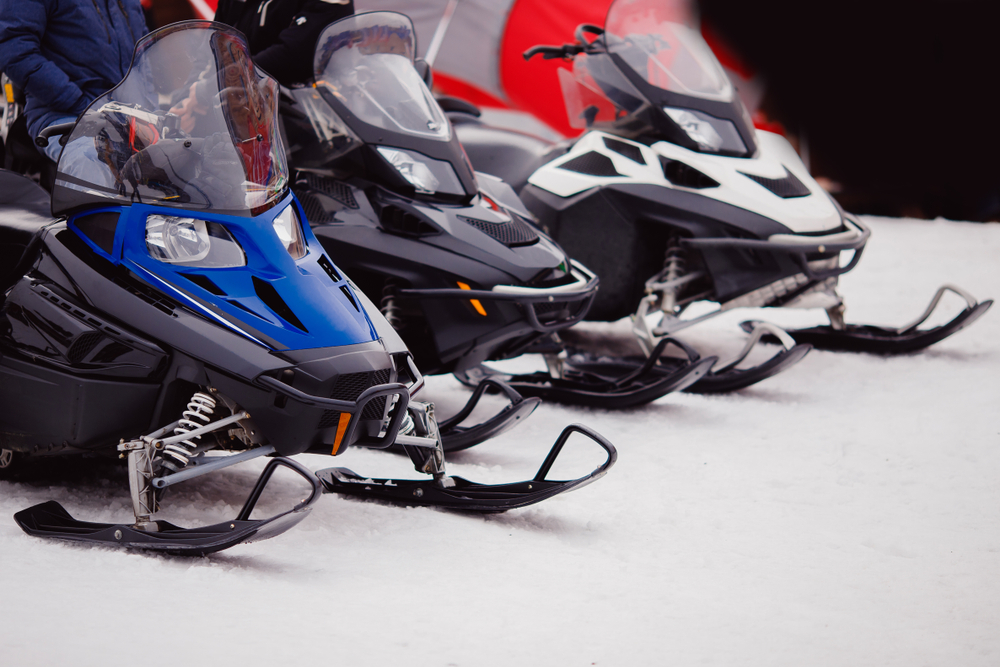
Road salt in particular can be brutal on the motor and paint. Spray the metal surfaces with a lightweight silicone lubricant, and be careful not to get any on the clutch or belts. When winter comes around, a little degreaser will get the glaze back off again.
Disconnect the Battery
There are two ways to go when it comes to the battery’s upkeep during the snowmobile summarization process. Some people disconnect the battery and remove it from the snowmobile. Others use a Battery Tender to maintain the charge throughout the summer months. Where you store your snowmobile makes a difference. If it’s indoors in a garage, use the Battery Tender or a similar high-efficiency battery charger. For outside storage, simply remove the battery.
Put the Snowmobile Away
Now it’s time to put your snowmobile away for summer hibernation. Be careful about using tarps, as they can protect against rain, but that same waterproof protection can also trap moisture underneath. Parking the machine in a garage is your best bet. Use mothballs under the hood and around the snowmobile to keep summer rodents from feasting on seats and other soft materials.
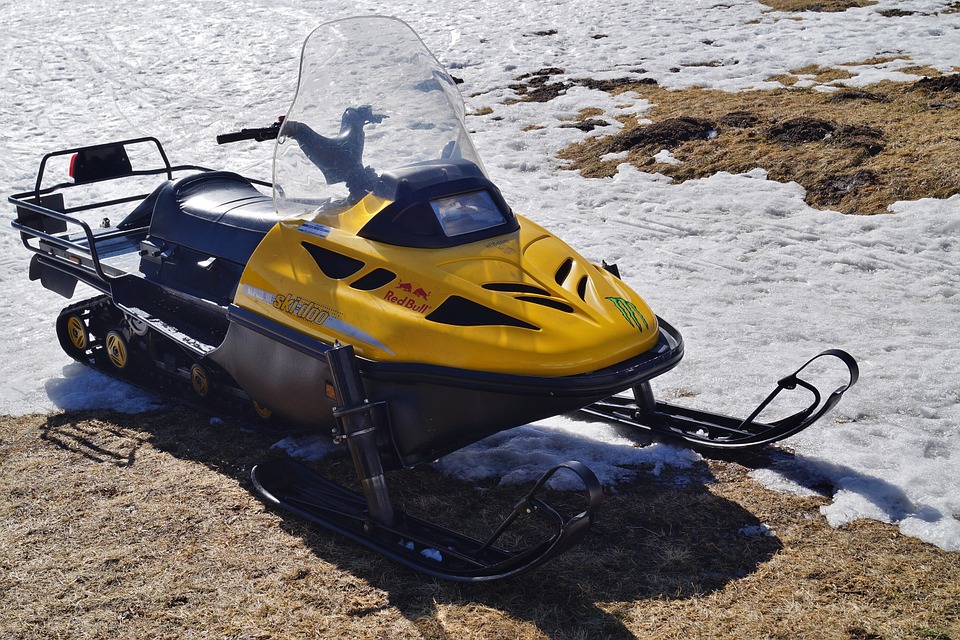
Cover your snowmobile with something soft that can breathe to protect it against dust. Jack up the back end of the machine and disconnect the springs to get the tension off them, and the weight of the off the lugs. Finally, get the front end up in the air and rest it on a crate or wooden blocks so it too can hang free.
